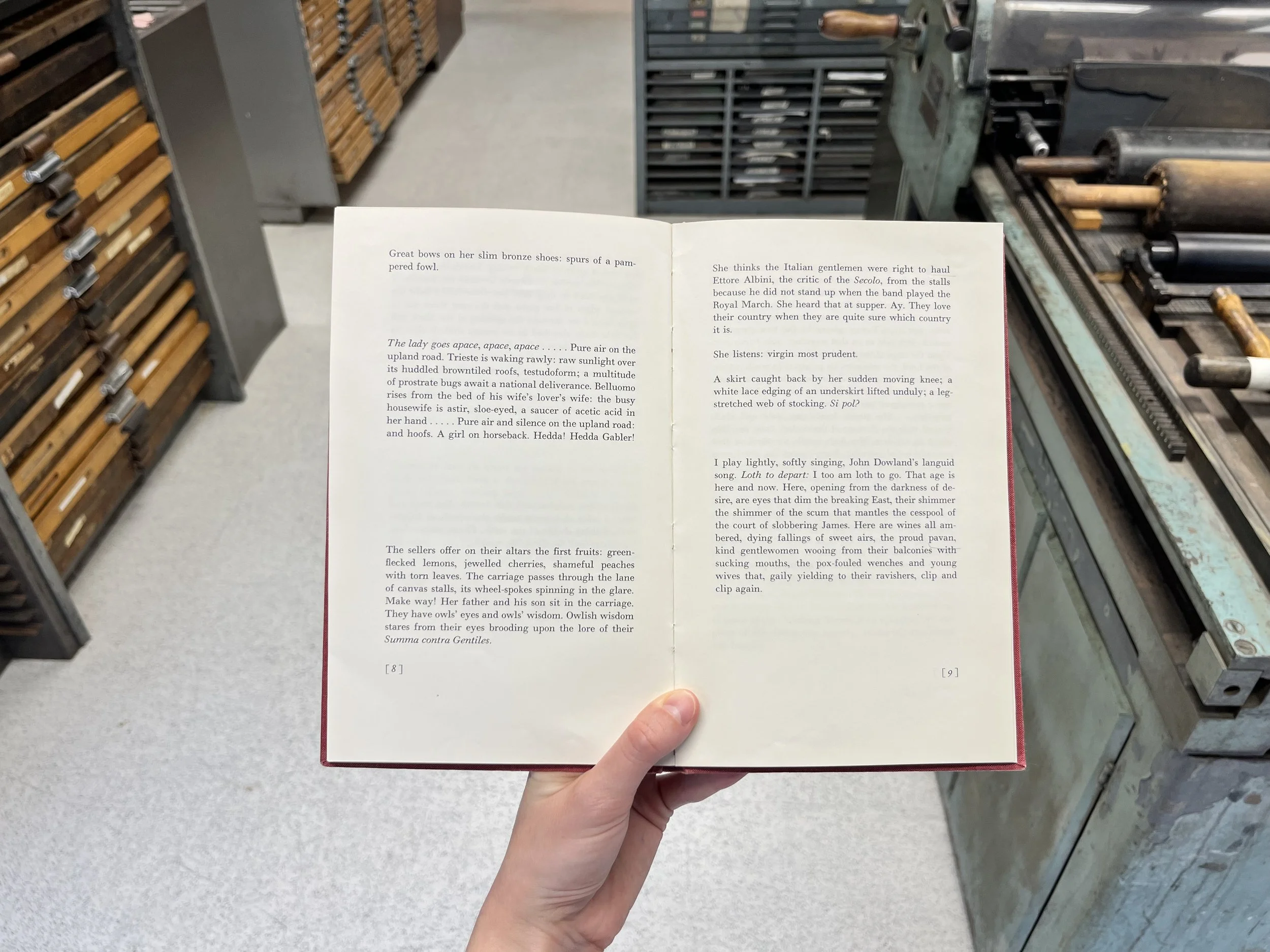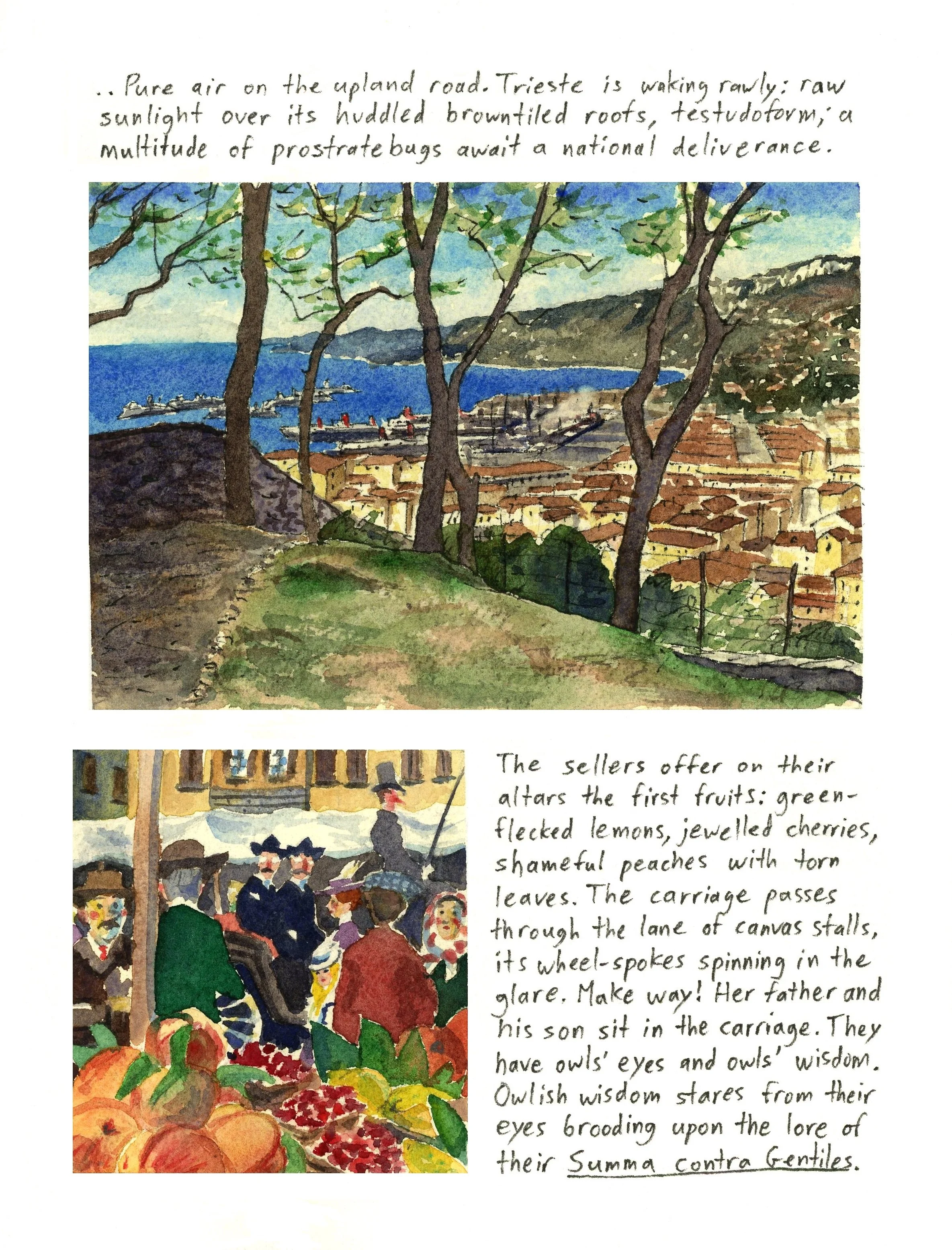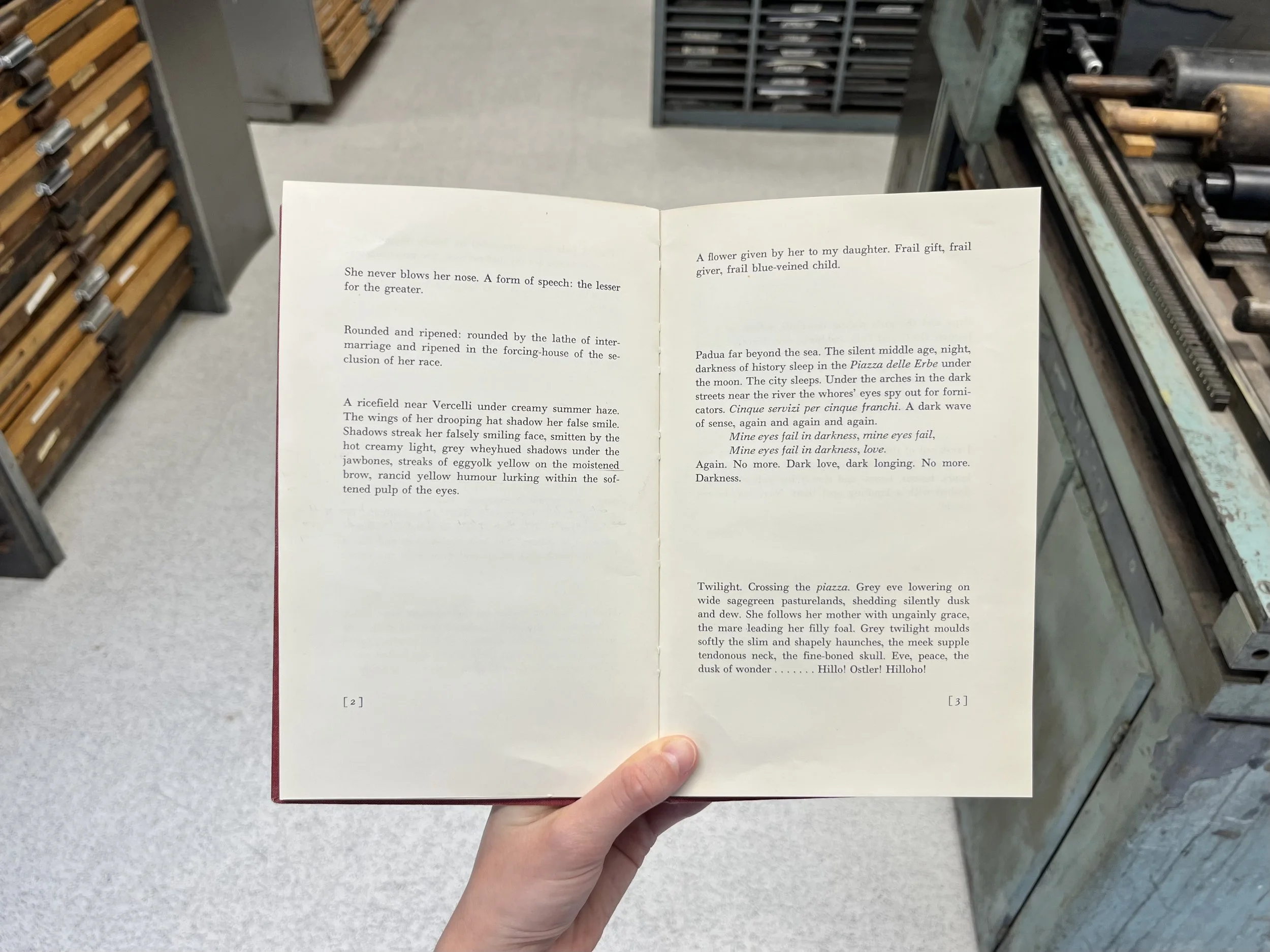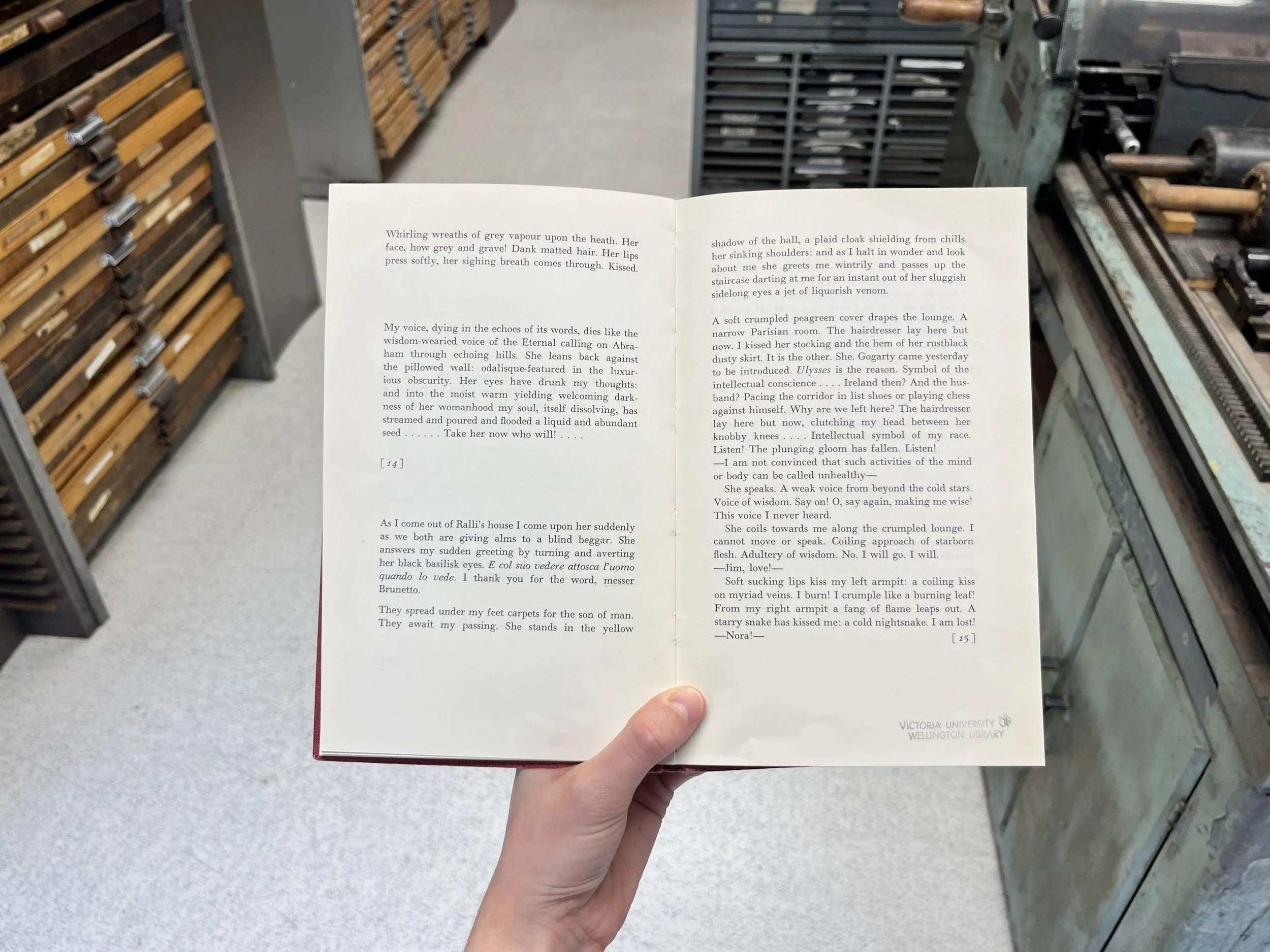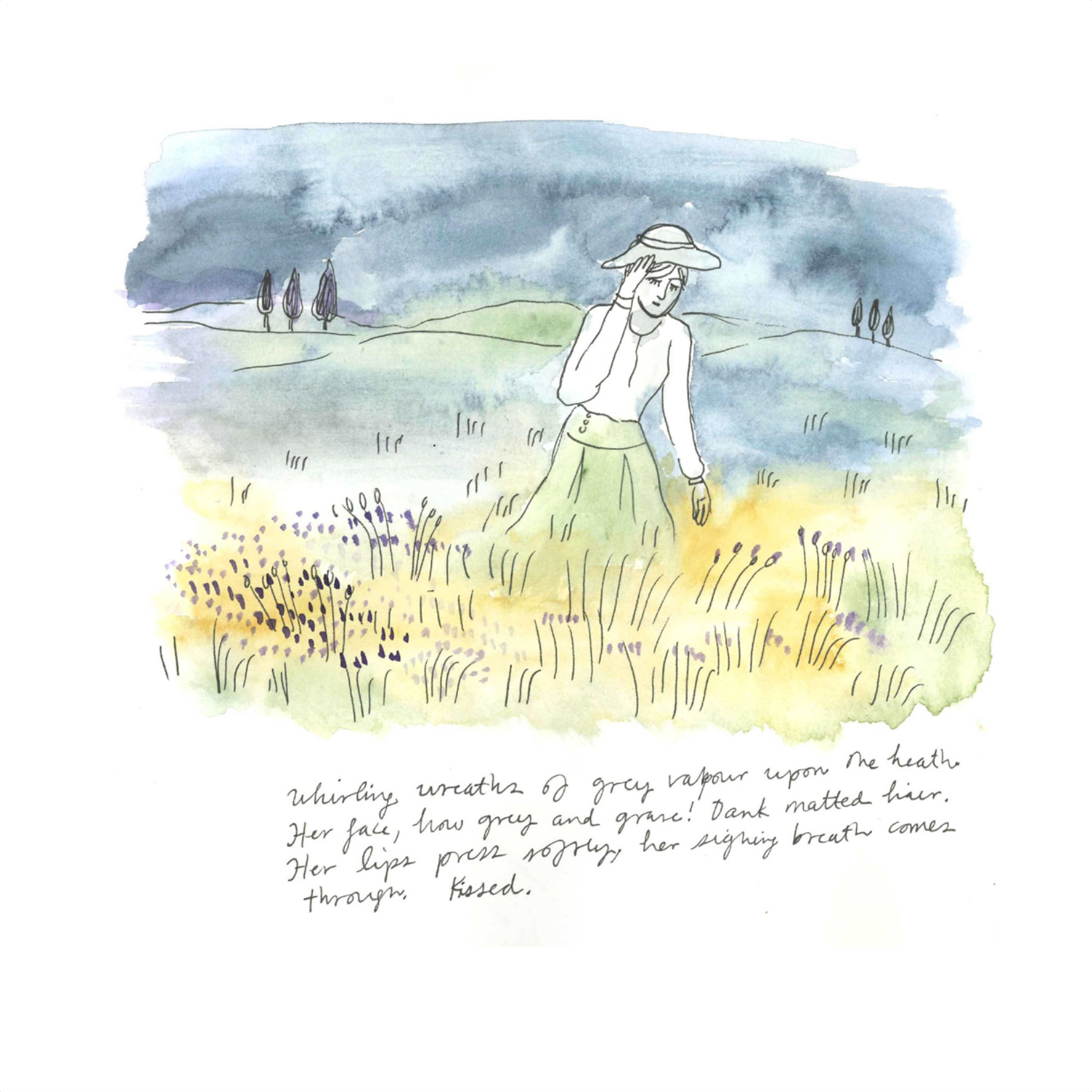Joyce writes observantly about Trieste, Italy - as though through this text he is exploring the landscape himself. Compared to his other works, it’s interesting to map changes in Joyce’s voice as he finds himself in a setting far from home and his mastery of the Irish landscape.
Joyce, Giacomo Joyce, page 8
JP
ED: From the end of page 7 to the start of page 8, we zoom from the micro-scale (the student’s shoulder) to the macro (the cityscape of Trieste). To me, this feels like a breath of relief, from the tension in the passage before. The audience is encouraged to take in the moment / scene with all its implied immersive sensory qualities. To you, what was your intention in the placement and significance of these breaks – and your establishing long shots to invoke them?
JP: Thank you! I did feel that there needed to be a least one panoramic view of Trieste, as it is surely one of the text’s protagonists. More generally, I think it’s important to have these establishing shots that place the story in concrete settings, rather than solely in the min of the narrating voice. (Also, in the case of the Trieste cityscape, and I realize this is a little overly subtle, the warships at the entrance of the harbour are meant to evoke the awaited “national deliverance” from Austrian dominion mentioned in that passage.)
Joyce, Giacomo Joyce, page 2
Joyce, Giacomo Joyce, page 14
ED: Sarah - to reflect page 2 of Giacomo Joyce, you draw the student standing in a ricefield in Vercelli, a scene that in Joyce’s imagination feels dreamy, golden, warm and romantic.
SL
ED: This is then mirrored by the later depiction of the student struggling through the same stormy field at the end of the text. What about these two images spoke to you visually, and commanded this full-page attention? What of their contrasting nature?
SL: I guess I like nature? Also the description within the text meant that I did some googling to see what kind of landscape Vercelli might have. I remember rice paddies from when I visited Japan – the lush intensity of the green – and also I probably had a little bit of A Room with a View in my head, which is always my original idea of what Italy looks like. In terms of the later, moodier picture, I always like the idea of a heath – it puts me in mind of Wuthering Heights, the Smiths song Suffer little children, about the murders on the moors, and The Wedding Present song Heather. I also liked the constraint of using three colours – the Payne’s grey, the olive green and the yellow ochre. I think I added some purple too for the heather.
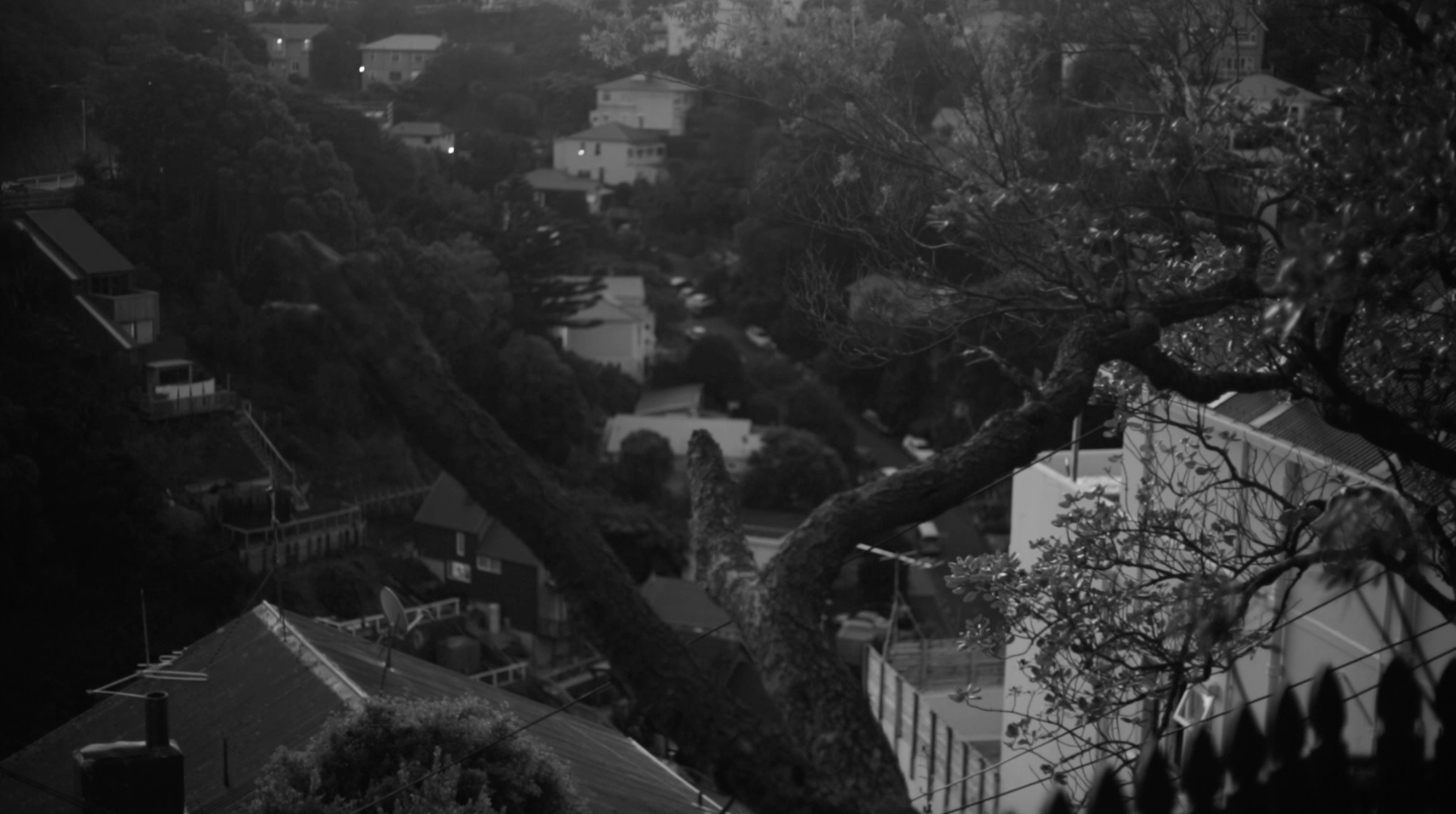
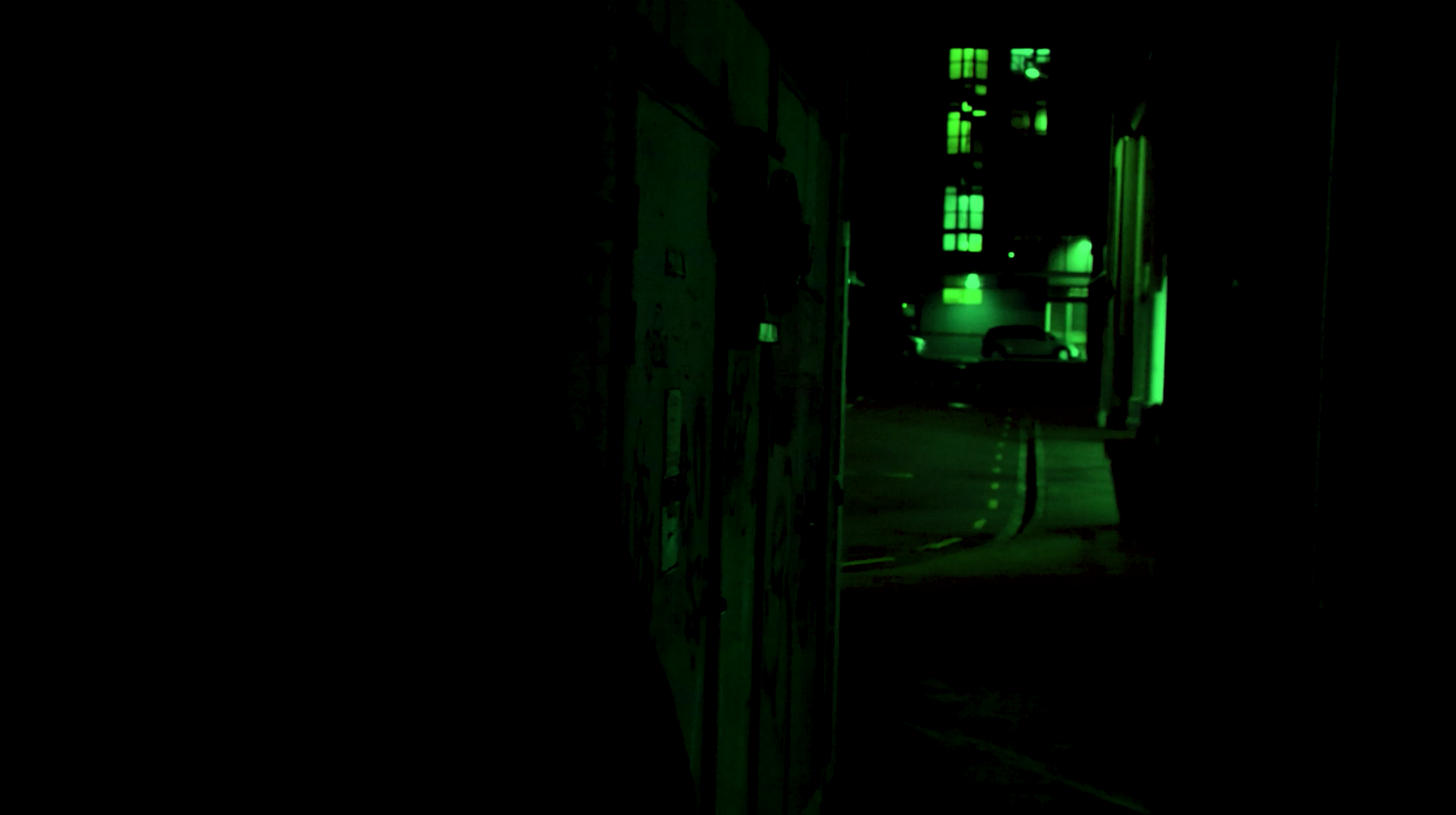



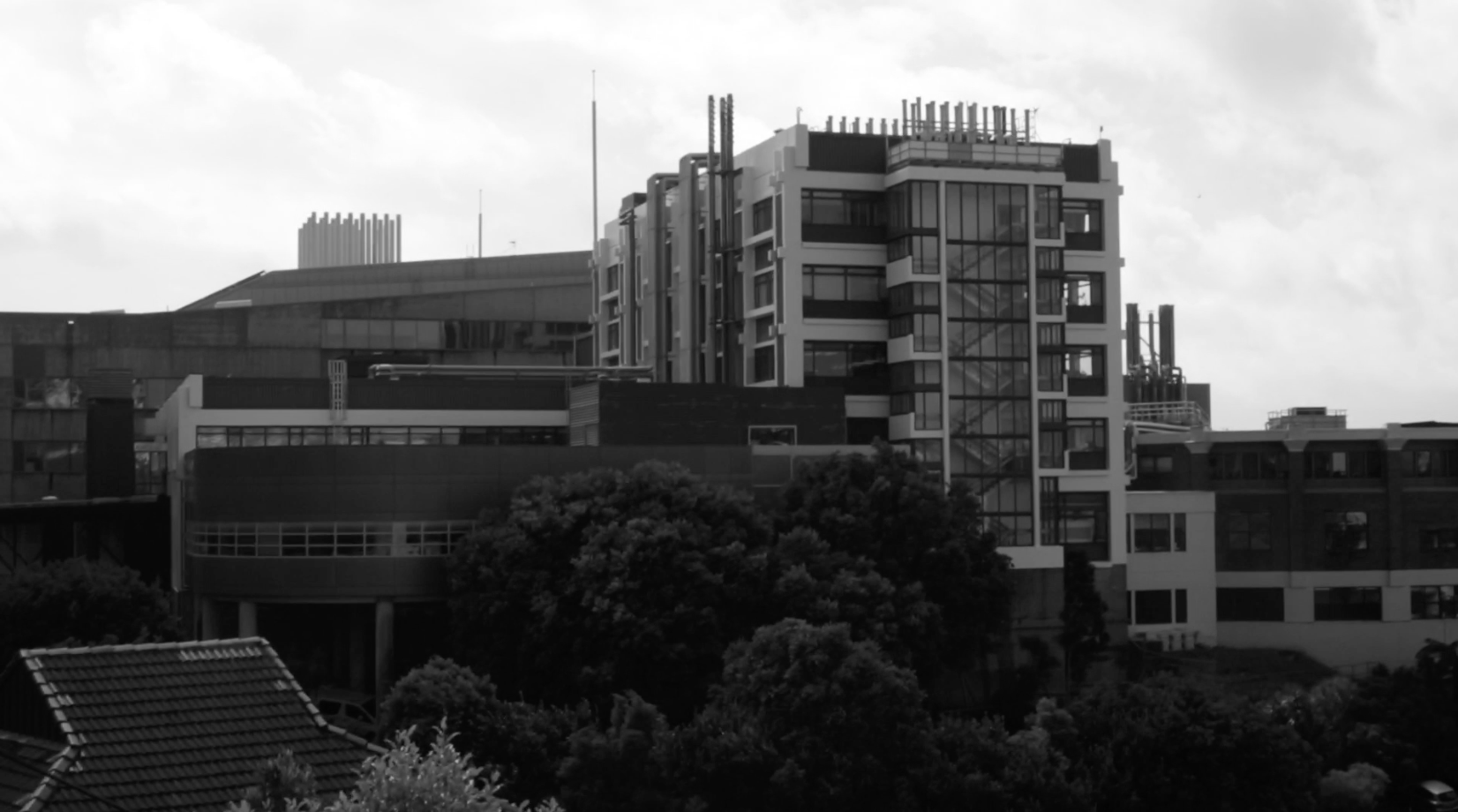
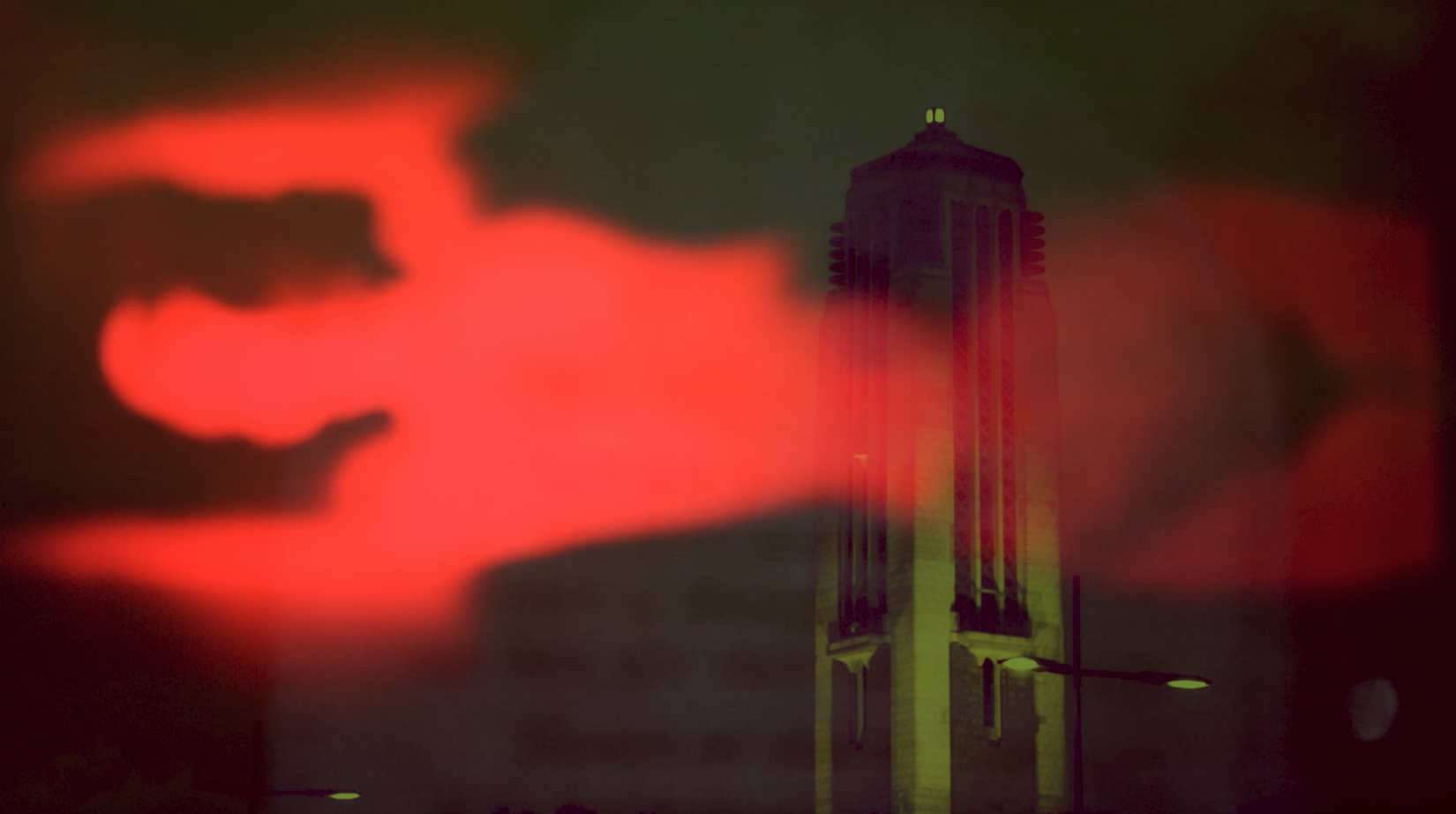
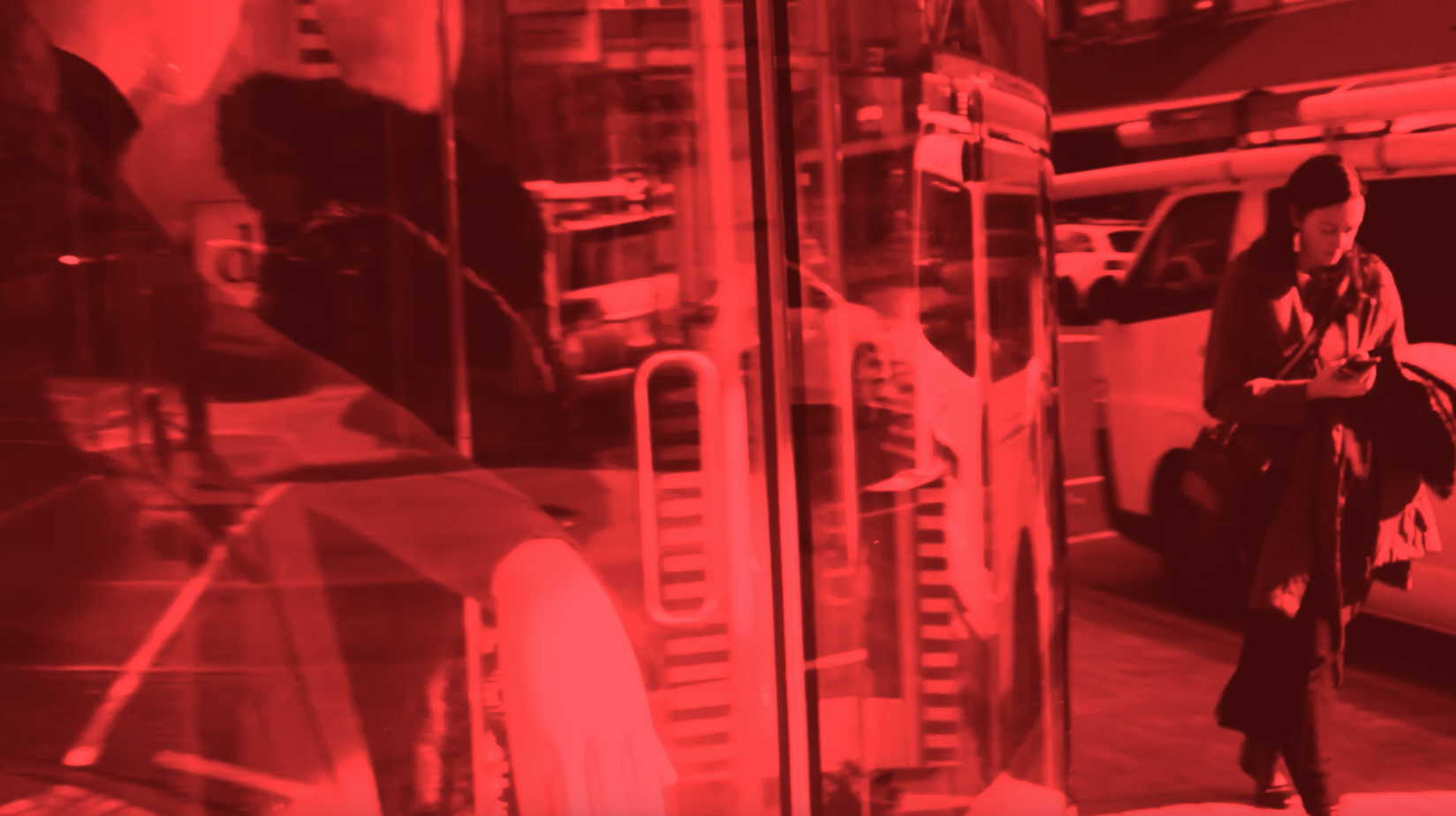
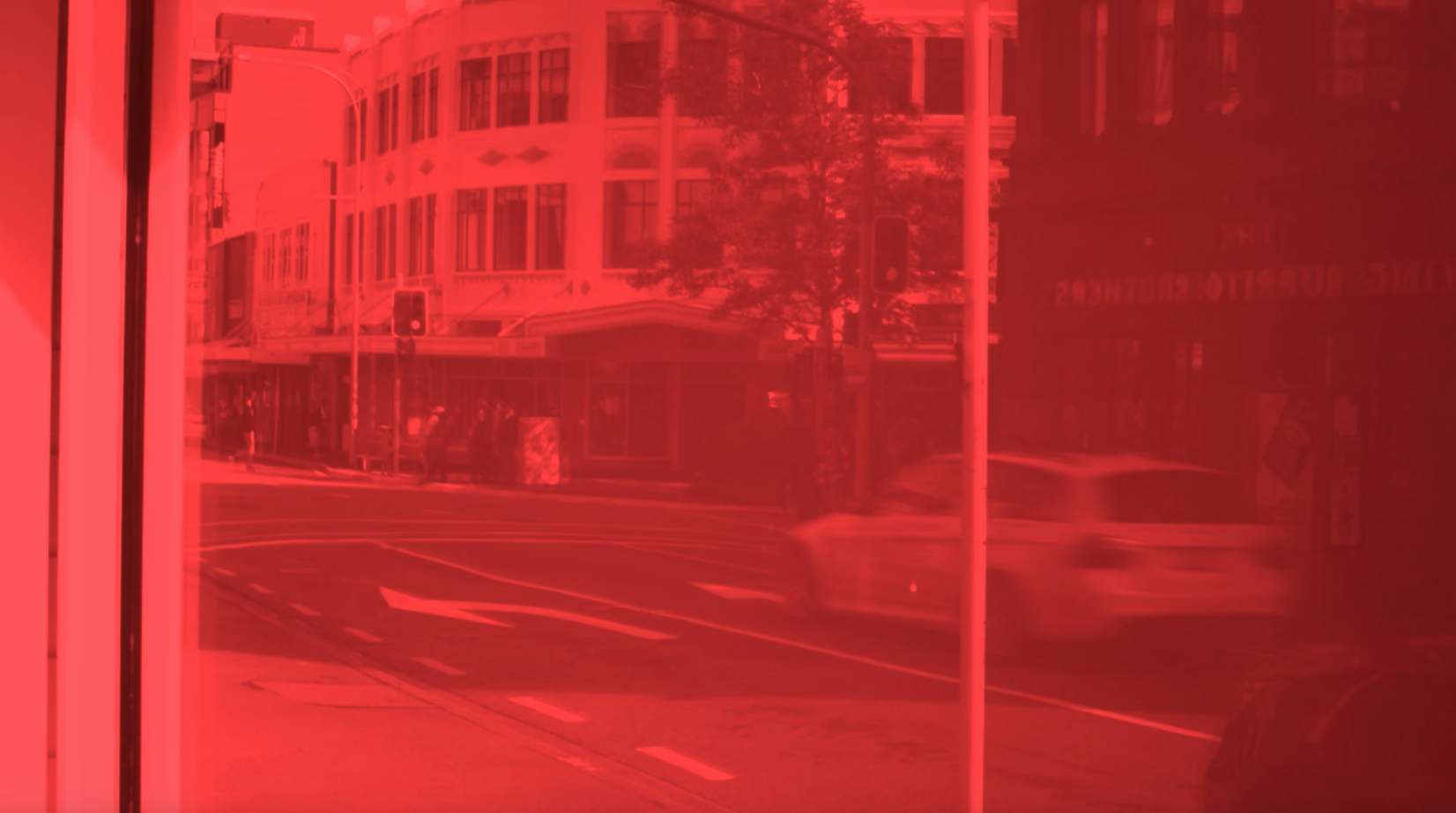


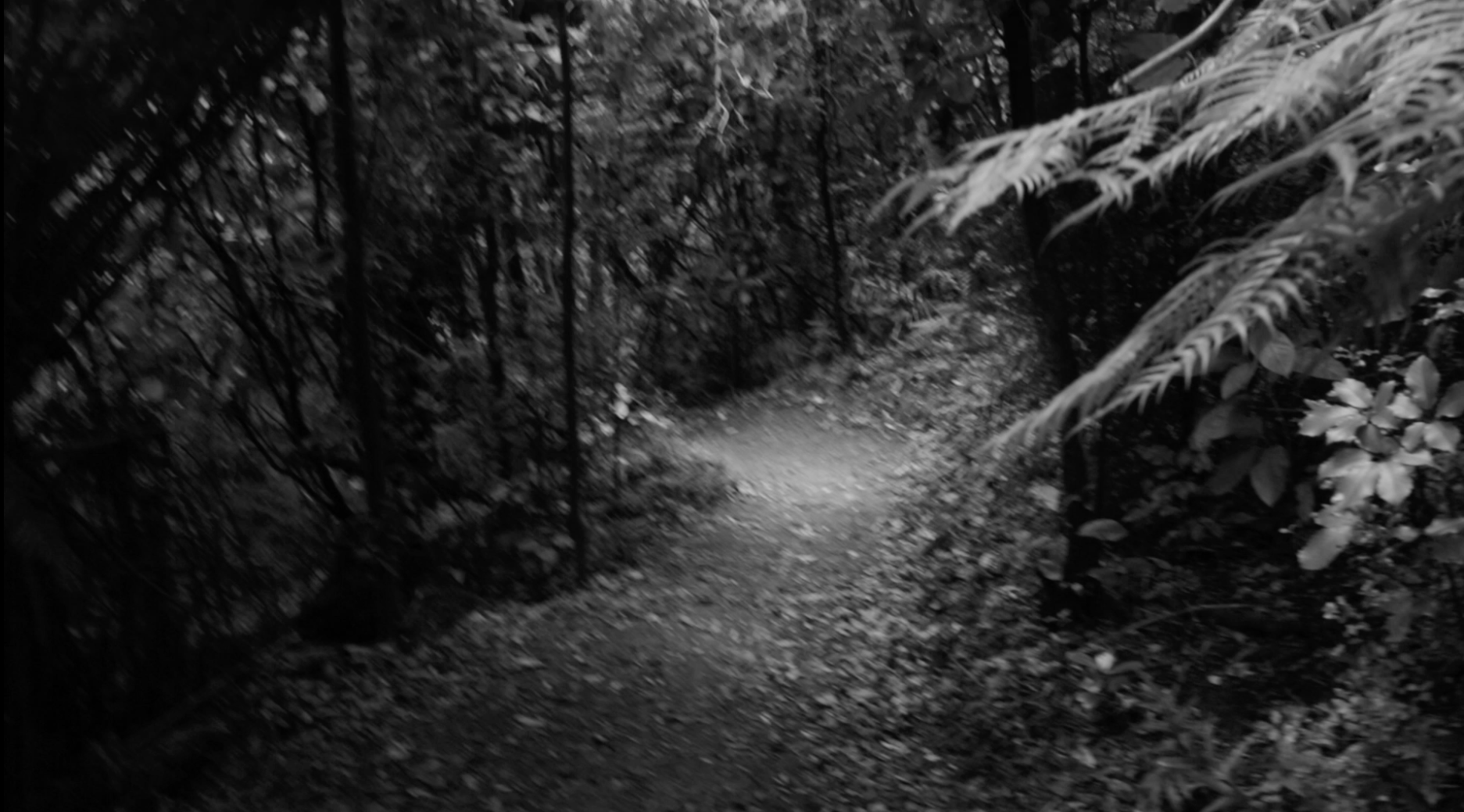
TST
ED: A strong aspect of your film is its sense of disorientation within a new space, which is a particularly clear-drawn connection between yourself (exploring Wellington as a new city), and Joyce (exploring Trieste).
Did you have any method as to which parts of Wellington city you chose to film? Which scenes were you most drawn to? Which sections of Giacomo Joyce called for busy inner-city landscapes in their depiction/response, and which for quieter, more natural ones?
TST, Giacomo, 0:47-1:07
TST: I don't think there was a method or research that I did in the city to find places I wanted to film. I had been exploring the city and had seen these places and knew that they would be good spots to film or to replace or mirror ideas that are mentioned in the text. Wellington's nature is very hill driven, mountain driven, harbour on the water - which is also Trieste.
I would say the scenes of the inner city call to Joyce as he madly wanders through the city, and the quieter more natural ones respond to him outside of the city, and this kind of sense of exploration and thought. In some ways I guess I work between this reflective or engaged voice of Giacomo Joyce as he’s traveling in unknown space, and the way in which you have to learn space by moving through it, but then the pauses that happen in order to understand it.
I was using these comparisons, but I didn’t feel that it gave enough substance thematically to the outside world – it seemed like a vacillation between two extremes, without a world that exists outside of the point of view of Giacomo. That led me to experimenting with the black and white images which are of nature and landscape. They contextualise the space of the film. But they also relate to a world that is, outside of this carnal and vacillating mind, ripped between trying to stabilise emotions around problematic desire. We finally come to a culmination by bringing in the named object of desire, which in this film is Erika. By bringing that into colour I think that breaks this limitation of single-sighted seeing, and brings in a revelatory interaction with colour, or sight. We see in full colour what this object of desire should be.
❦
It all begins with an idea —
Interpretation entails inhabitation: the far-away is the new close-by, background and foreground take turn into presenting the past and the future of believable places.
